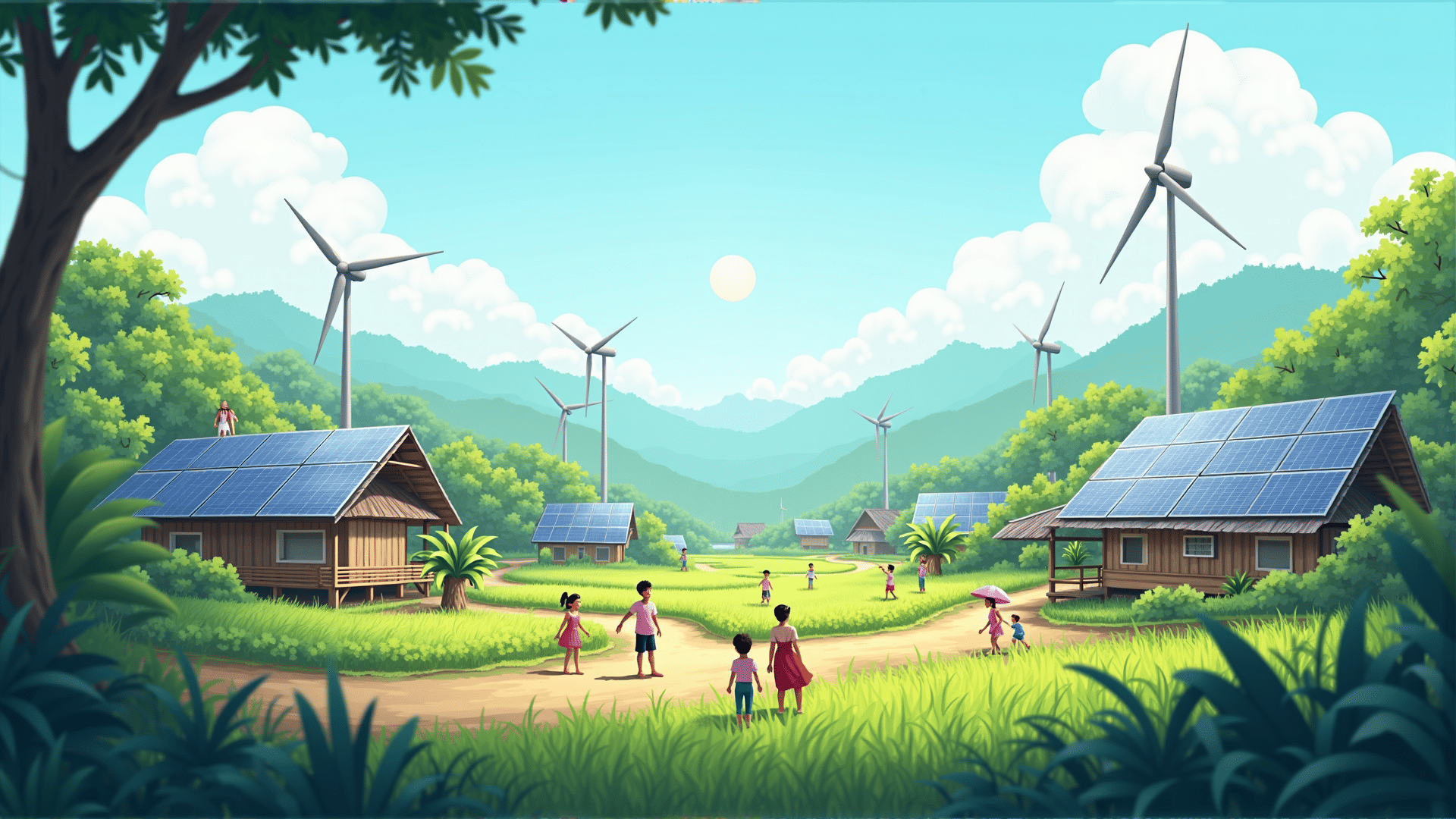Renewable sources like solar, wind, and hydroelectric power are rapidly transforming the way communities generate and use energy. By tapping into these sustainable resources, we are not only reducing dependency on traditional power sources but also making significant strides in decreasing ecological damage.
One of the most accessible renewable sources is solar energy, which harnesses sunlight through photovoltaic cells. These cells convert sunlight into electricity that can power homes, businesses, and entire communities. As solar technology advances, efficiency increases, making it a more viable option for individuals and local infrastructure. In regions with ample sunlight, solar panels contribute significantly to the energy grid, reducing reliance on non-sustainable sources.
Wind energy, similarly, offers an impressive clean alternative. Modern wind turbines are designed to efficiently capture wind and convert it into electrical power. Coastal and rural areas with consistent wind patterns are particularly well-suited for these installations. As turbines become more advanced, their capacity to generate power increases, providing a substantial portion of the energy required by nearby populations.
Hydroelectric power, often sourced from dams, uses flowing water to produce energy. This method takes advantage of natural water cycles and has been a significant contributor to renewable energy production. While it requires careful management of local water resources, hydroelectric power remains a cornerstone in the portfolio of sustainable energy solutions.
Coupled with energy generation, conservation efforts play a crucial role in minimizing environmental footprints. Simple measures like improving insulation in buildings, using energy-efficient appliances, and adopting LED lighting can drastically reduce energy consumption. Additionally, educating communities about these actions fosters a culture of sustainability.
On a broader scale, smart grids and advanced monitoring systems allow for more efficient energy distribution, ensuring that power generated from renewable sources is used wisely and waste is minimized. These technologies facilitate a more responsive and adaptive approach to energy management, aligning supply closely with demand.
Transport sectors are also experiencing a shift towards greener alternatives. The rise of electric vehicles (EVs) and improved public transportation systems significantly contribute to conservation efforts. Charging stations powered by renewable sources further promote the use of EVs, bridging the gap between sustainable energy production and consumption.
Ultimately, integrating renewable sources with conservation measures is essential for creating a sustainable future. By fostering innovation and collaboration, communities worldwide can achieve a balance that supports both human needs and ecological preservation. Adopting these practices leads to cleaner air, a healthier planet, and a resilient energy landscape for generations to come.
